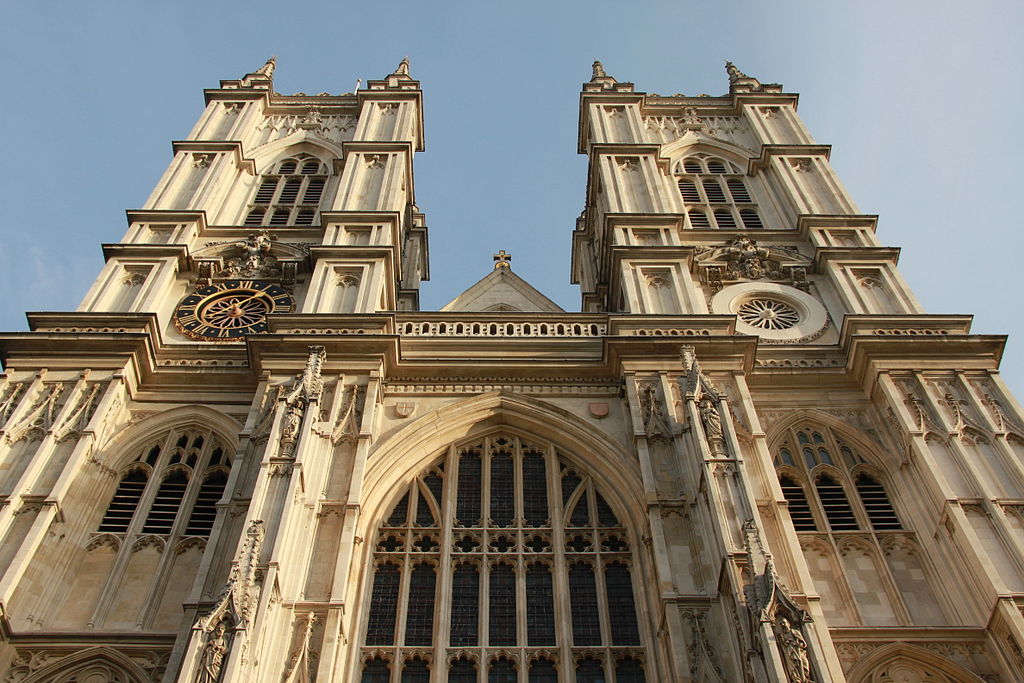
Story Highlights
- Historical event
- 28 December 1065
- Sir Isaac Newton, Charles Darwin, Lord Kelvin, Charles Dickens, Rudyard Kipling and many other famous scientists and artists are buried in Westminster Abbey.
The famous Westminster Abbey, probably the most notable religious building in the United Kingdom, was consecrated on this day in 1065. It is significant not only because of the fact that, for more than 900 years all the English kings and queens were crowned there, but also because it is the burial place of the UK’s foremost historical persons. Sir Isaac Newton, Charles Darwin, Lord Kelvin, Charles Dickens, Rudyard Kipling and many other famous scientists and artists were buried in Westminster Abbey. The tombs of 17 English ruling kings and queens are also located in Westminster Abbey. A good part of the tombs is located in the floor of the church, and the only grave upon which it is forbidden to step over is the tomb of The Unknown Warrior from the First World War. It is interesting that Oliver Cromwell, the famous Lord Protector of the England, was buried in Westminster Abbey, but was later exhumed when the royal power in that country was restored.
The very name “Abbey” refers to the fact that it was once a convent. In fact, it was the site of a Benedictine monastery. Interestingly, Westminster church and monastery were built on an island in the middle of the River Thames. It was only later that the river was regulated so that the islet is now part of the mainland, and the riverbed flows beside it.
Westminster Abbey was consecrated on this day in 1065 in the era of the famous English King Saint Edward the Confessor. This king is revered as a saint in the Roman Catholic and Anglican Church, and is also the only saint who ever wore the English crown. When King Henry VIII waived England from the authority of the pope and the Catholic Church, the monasteries were abolished, so Westminster Abbey today falls under the direct rule of the British king as head of the Anglican Church.




